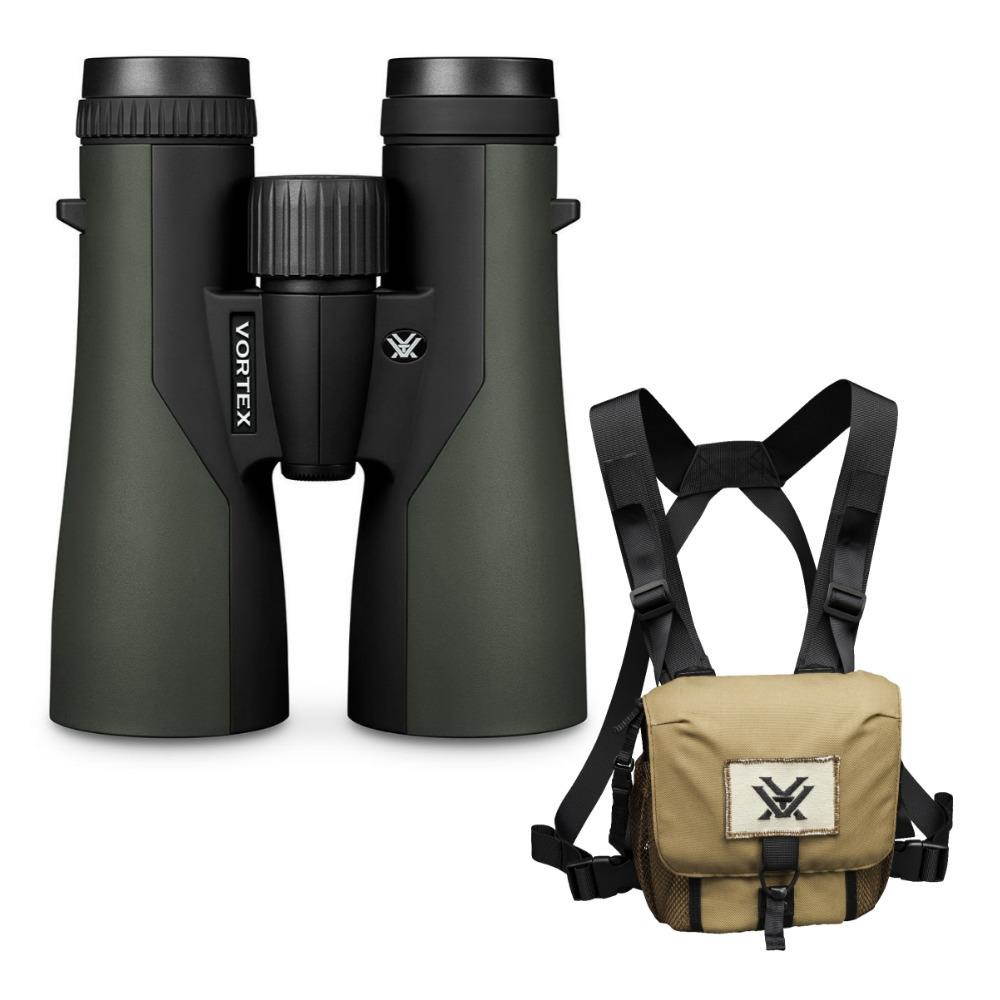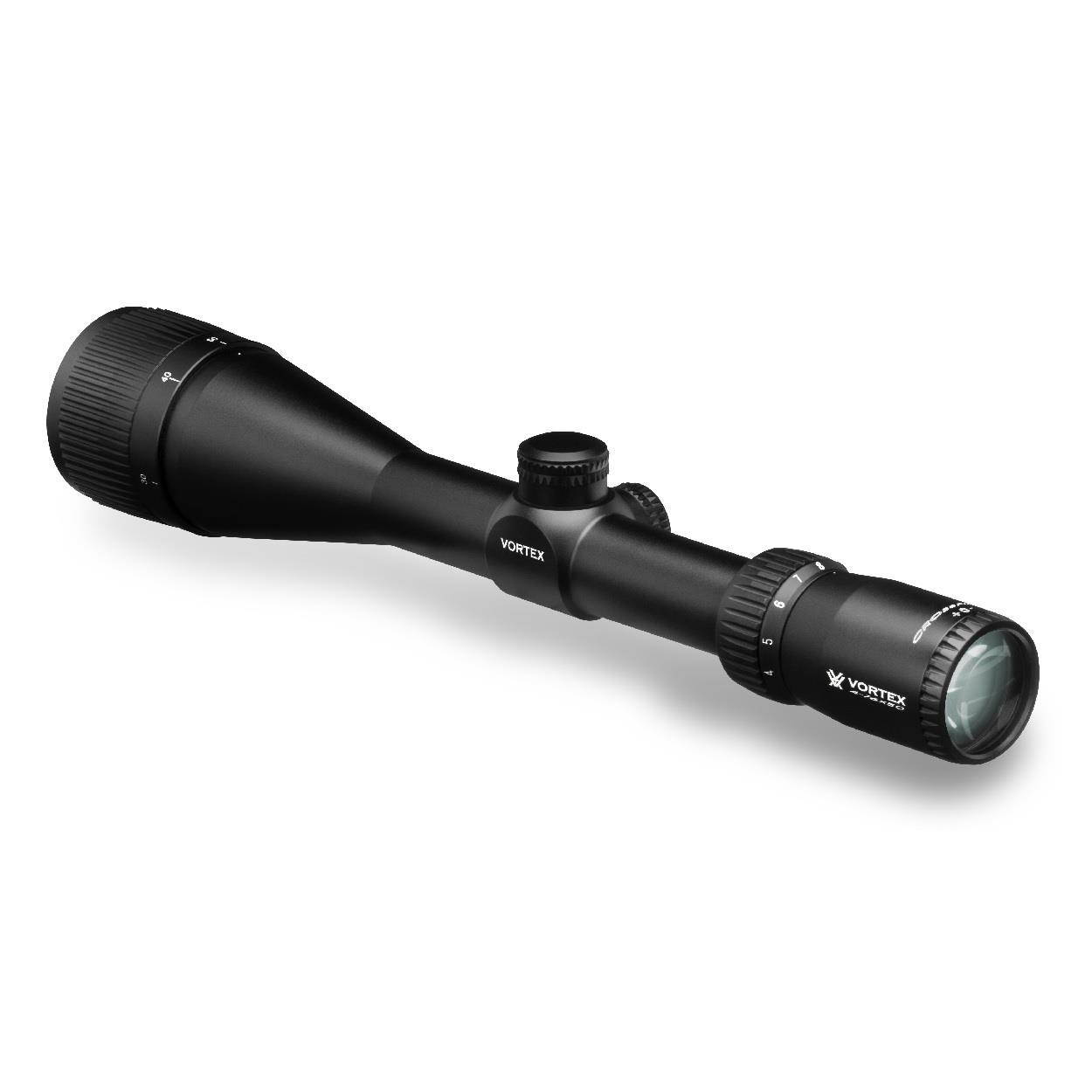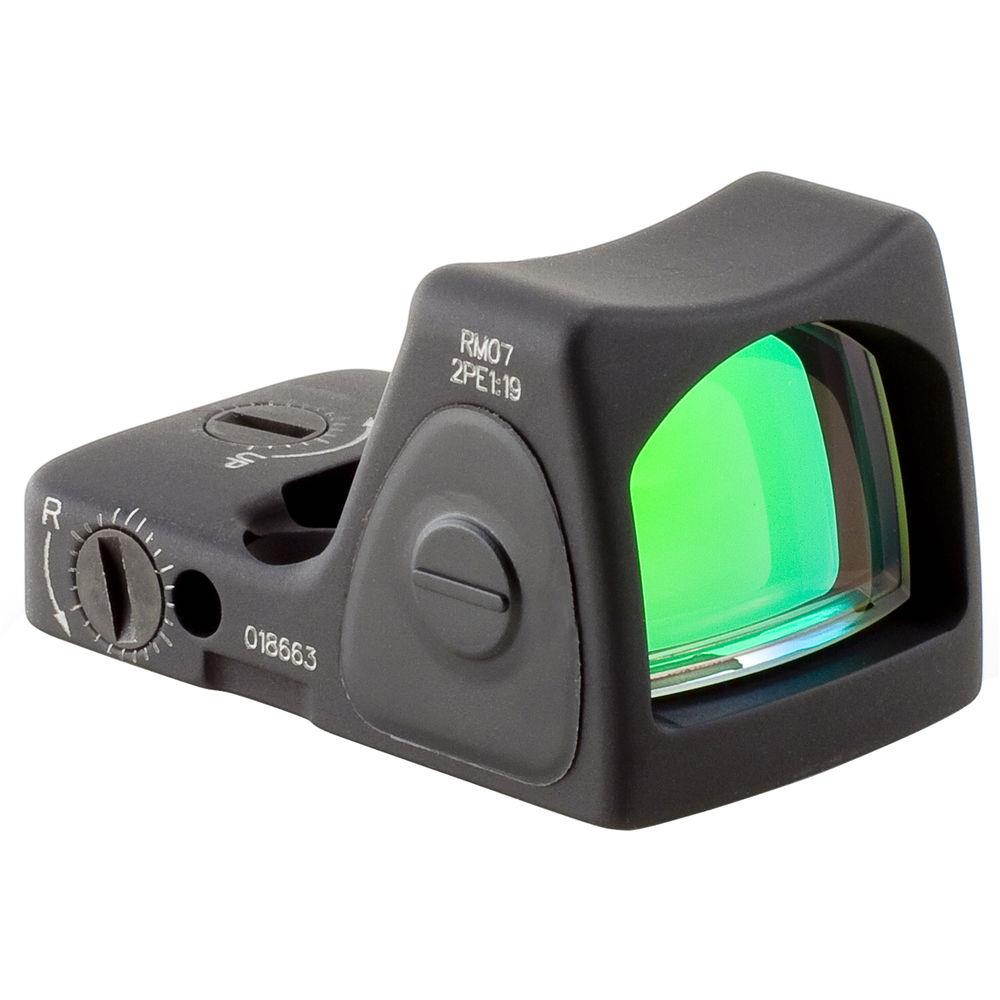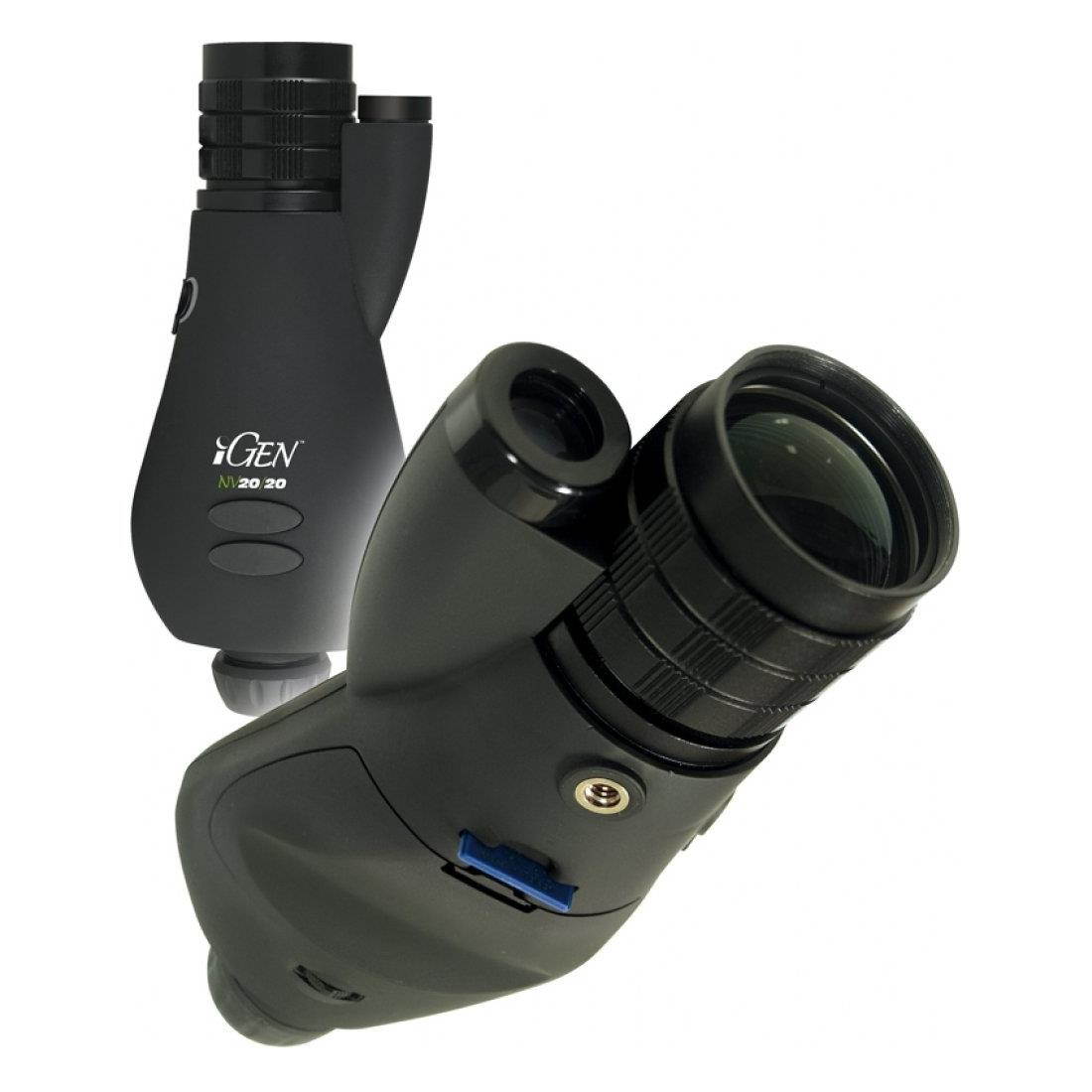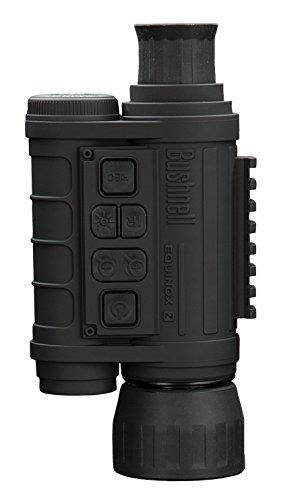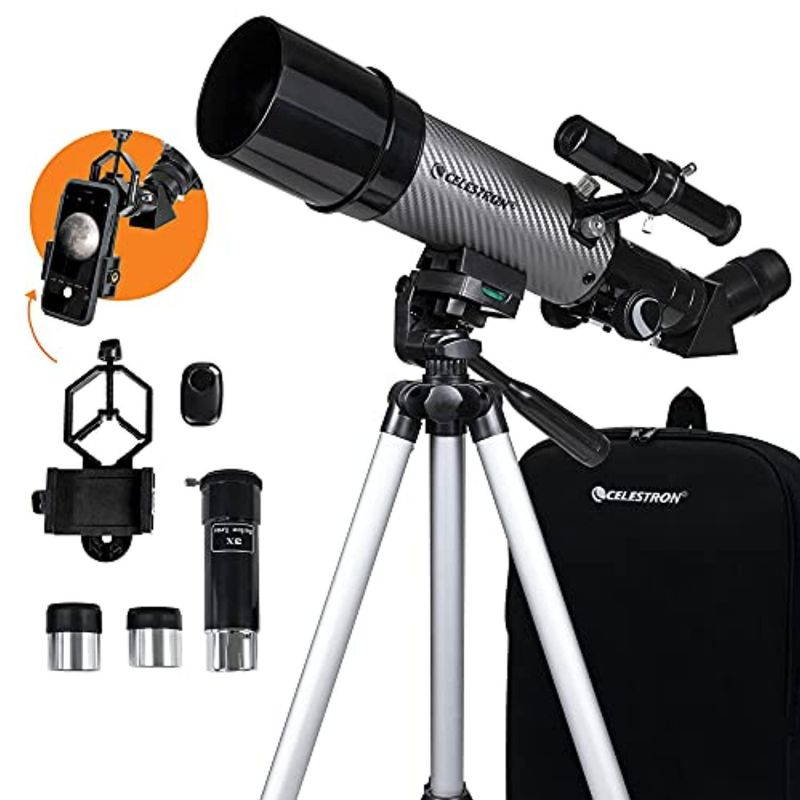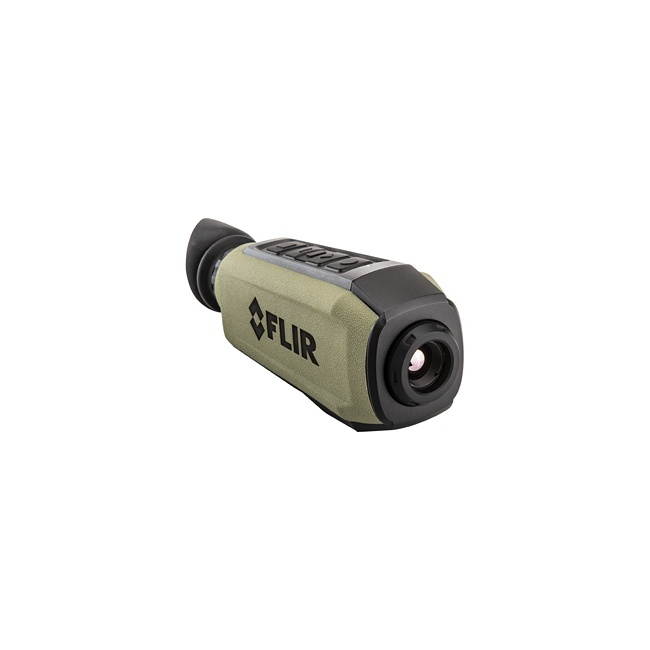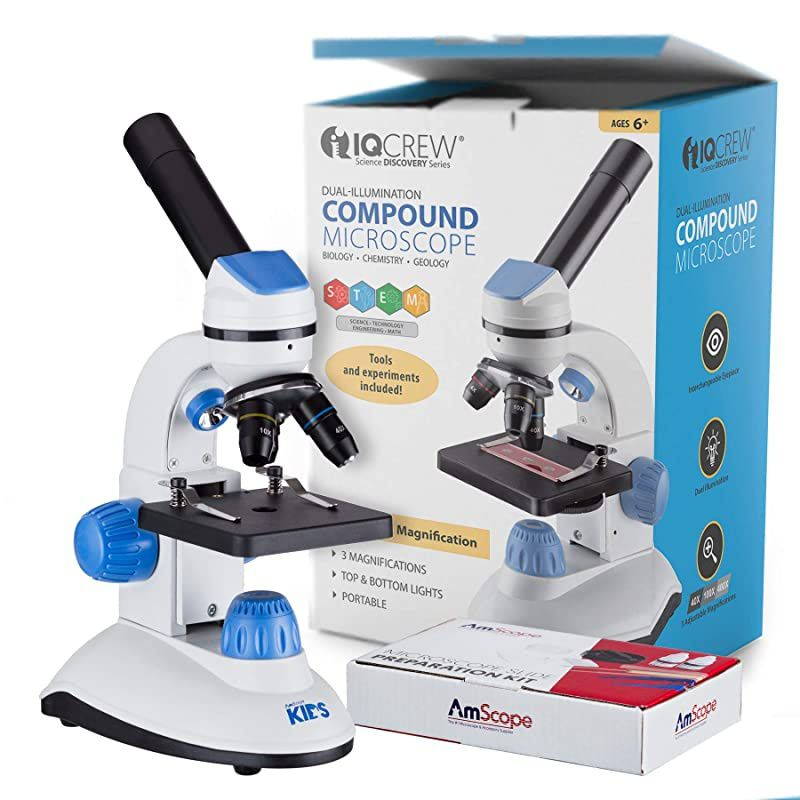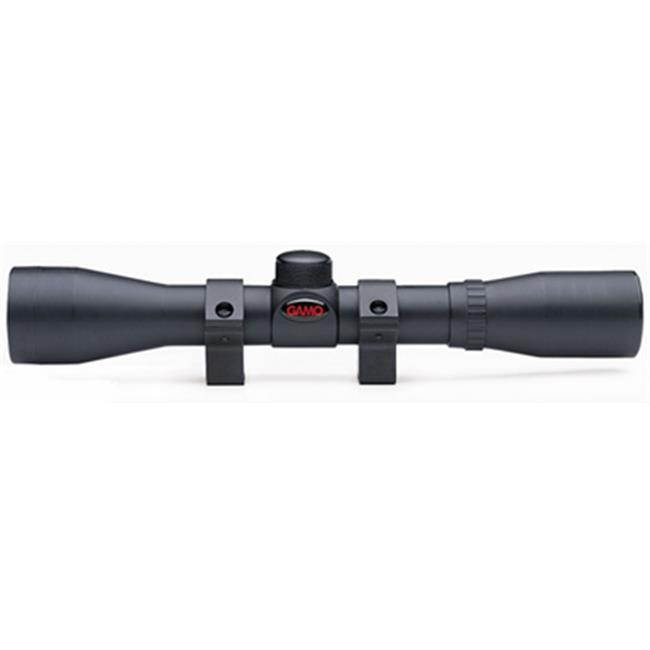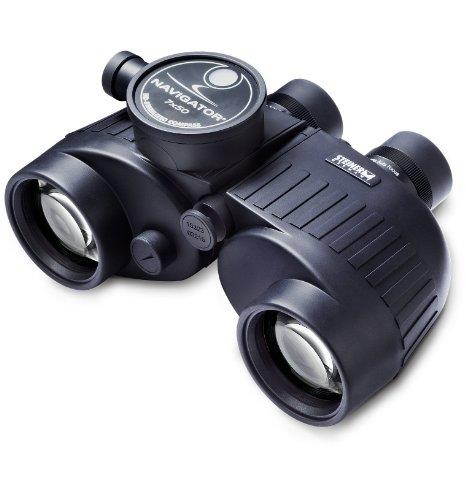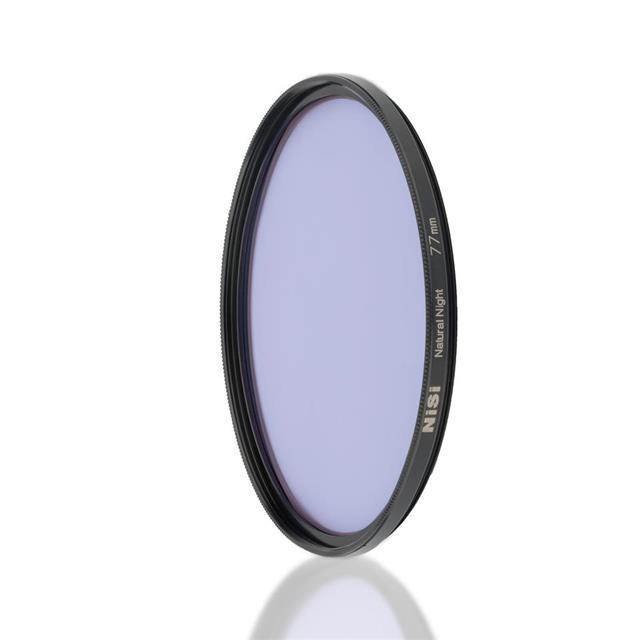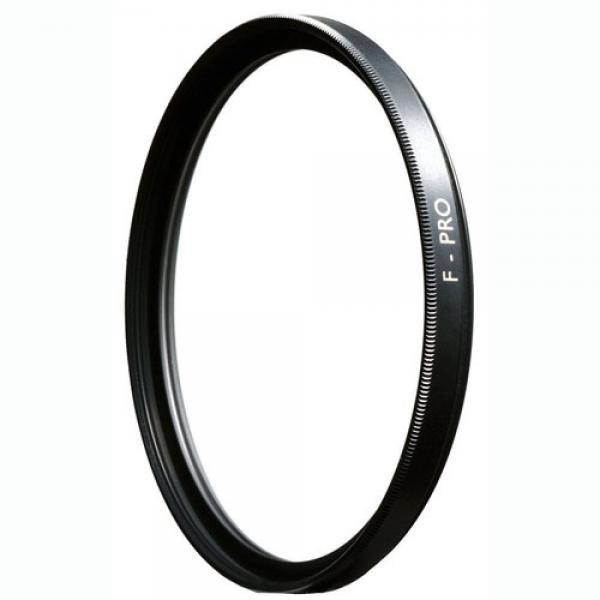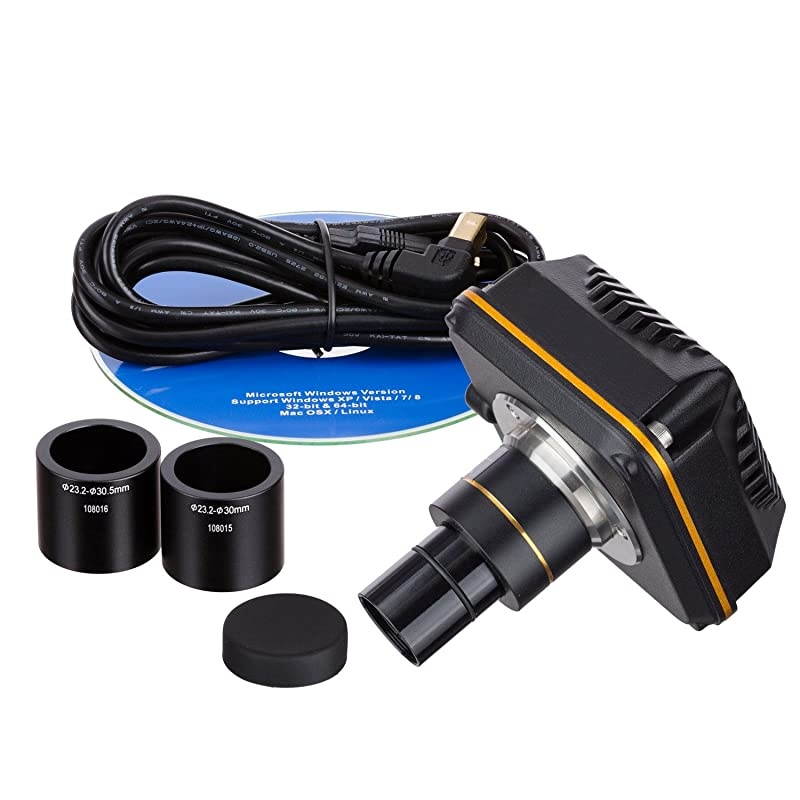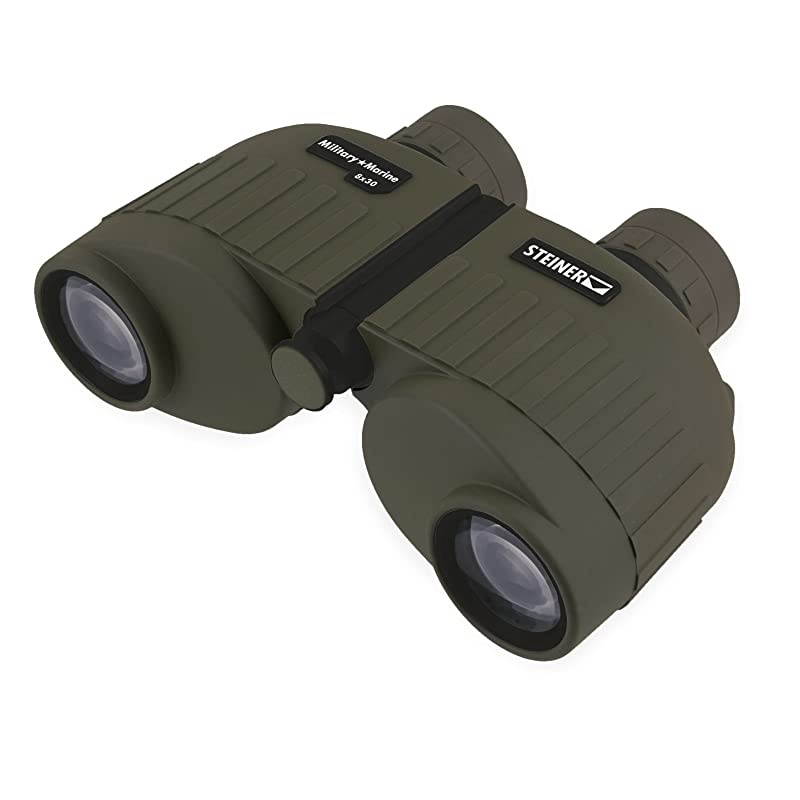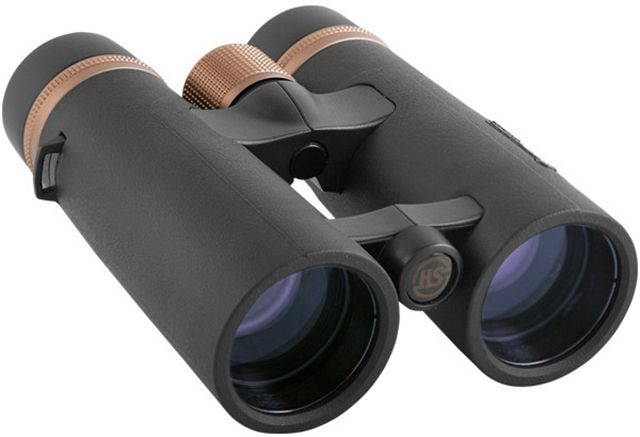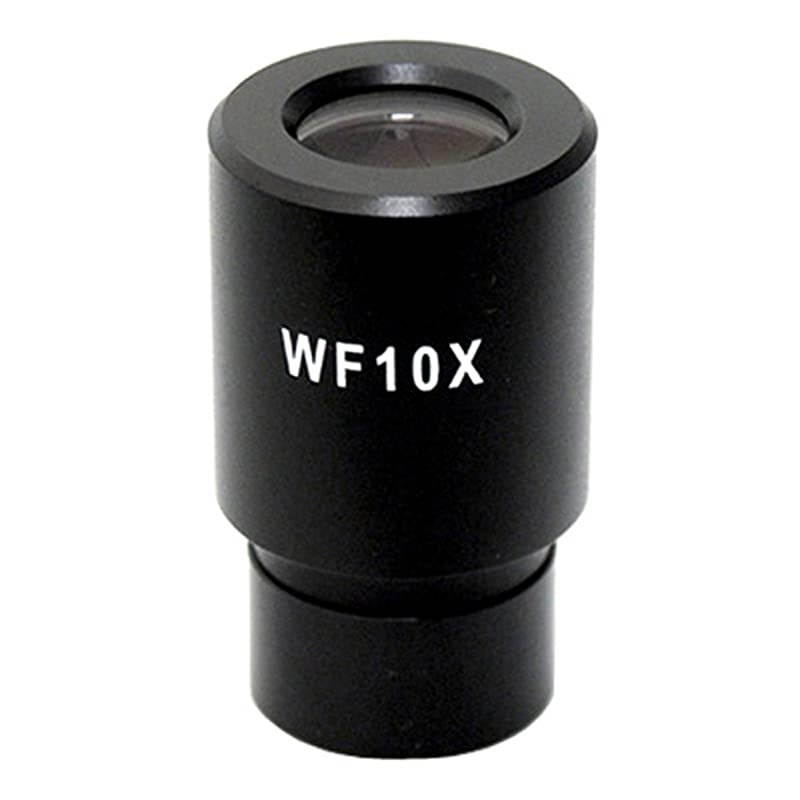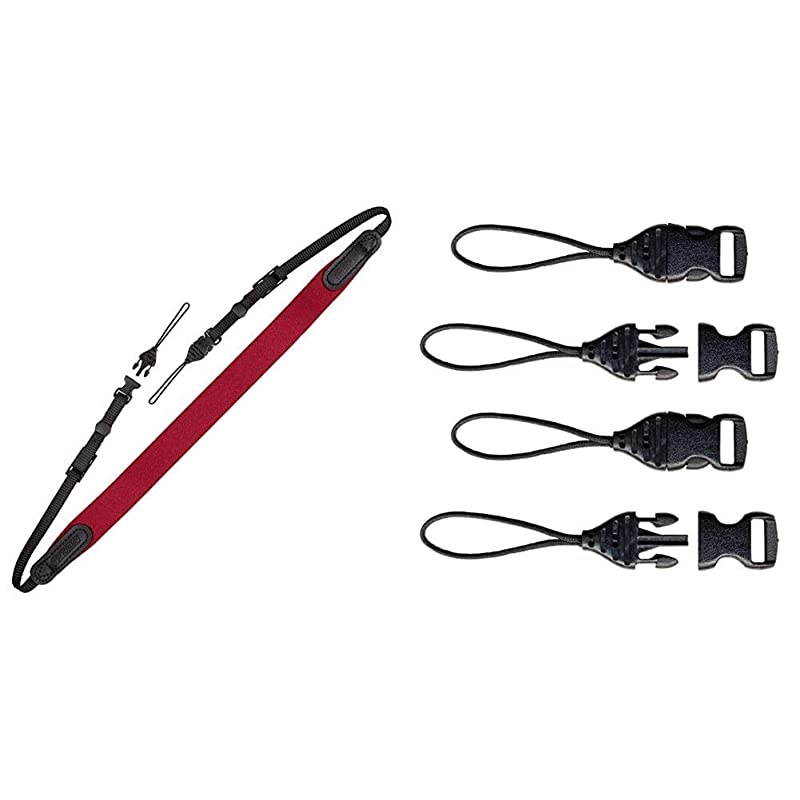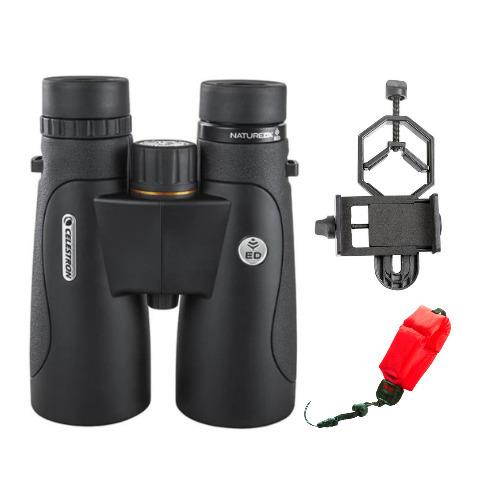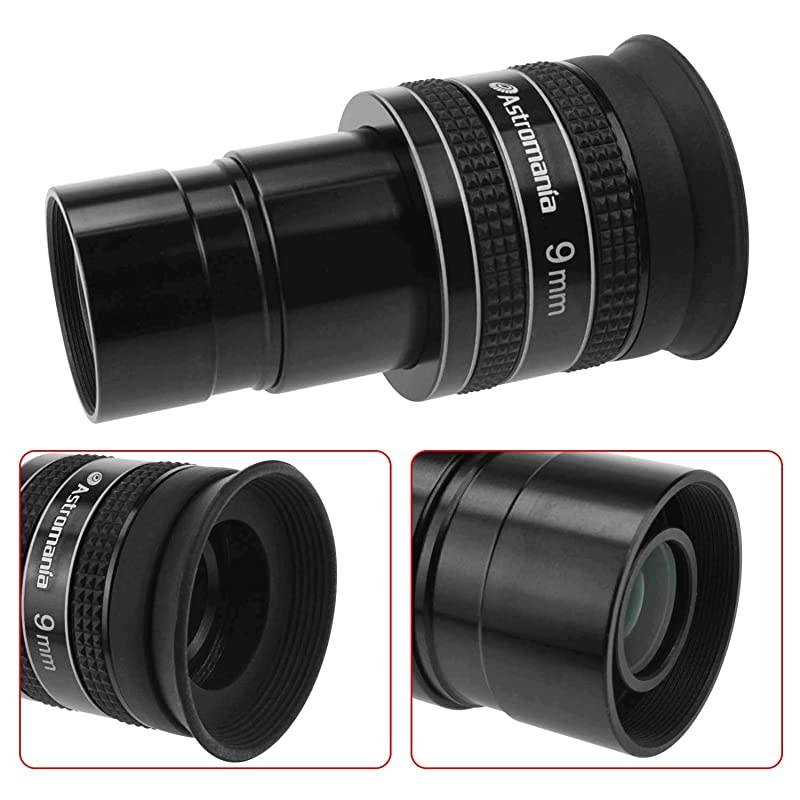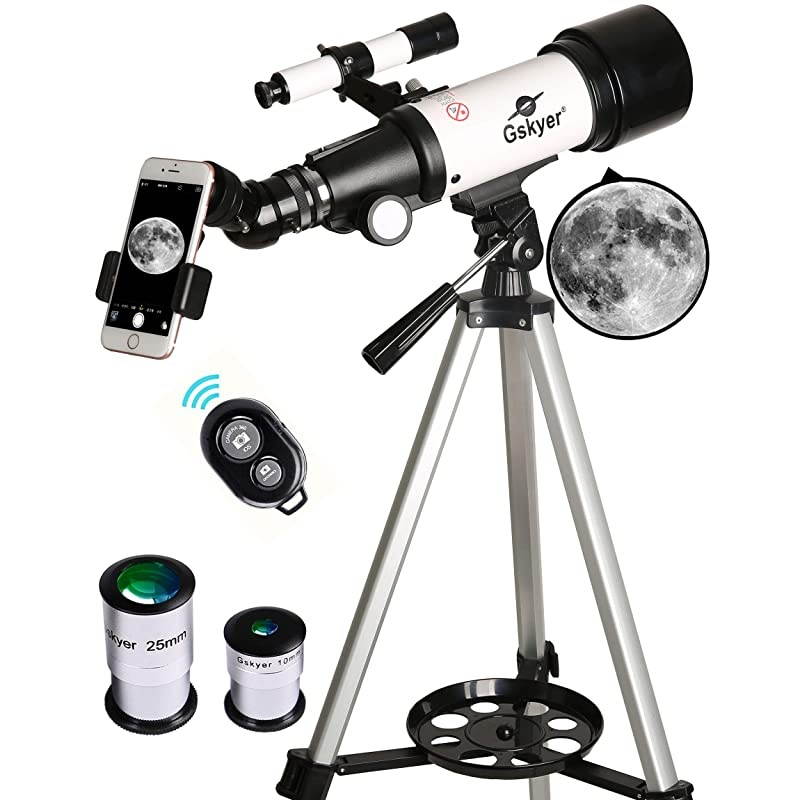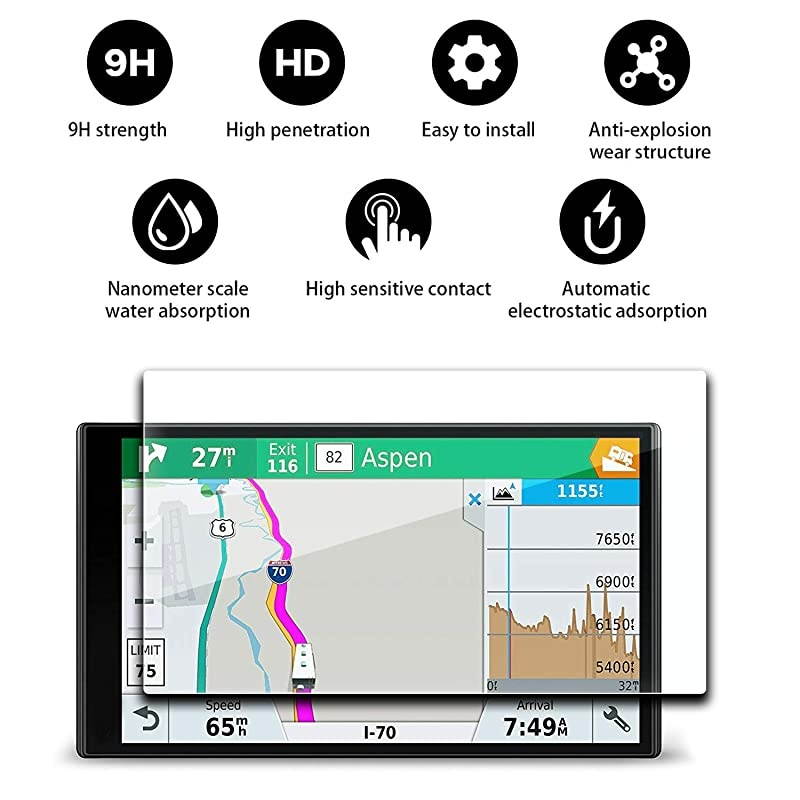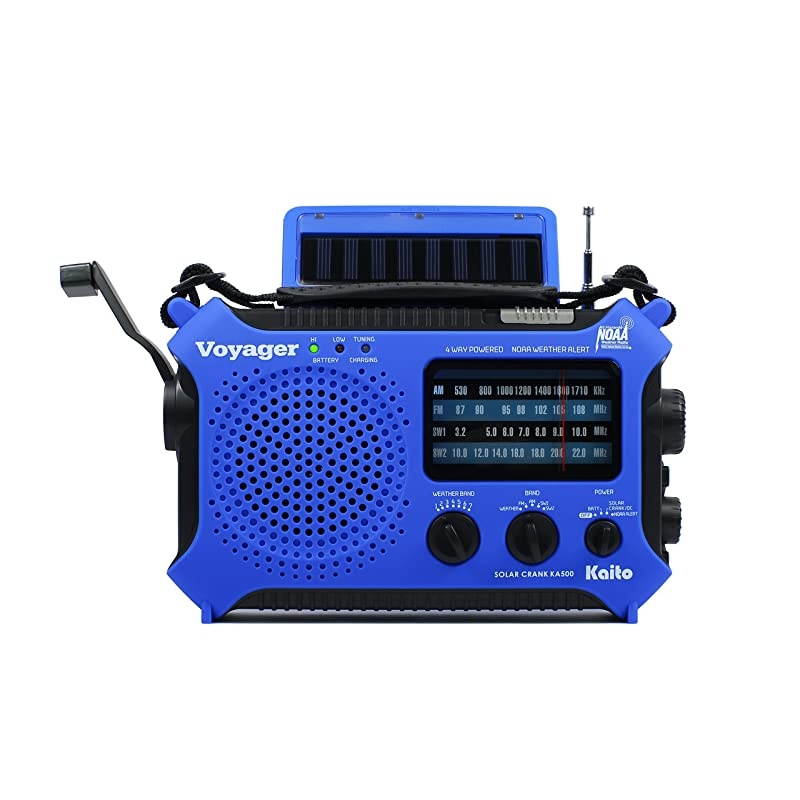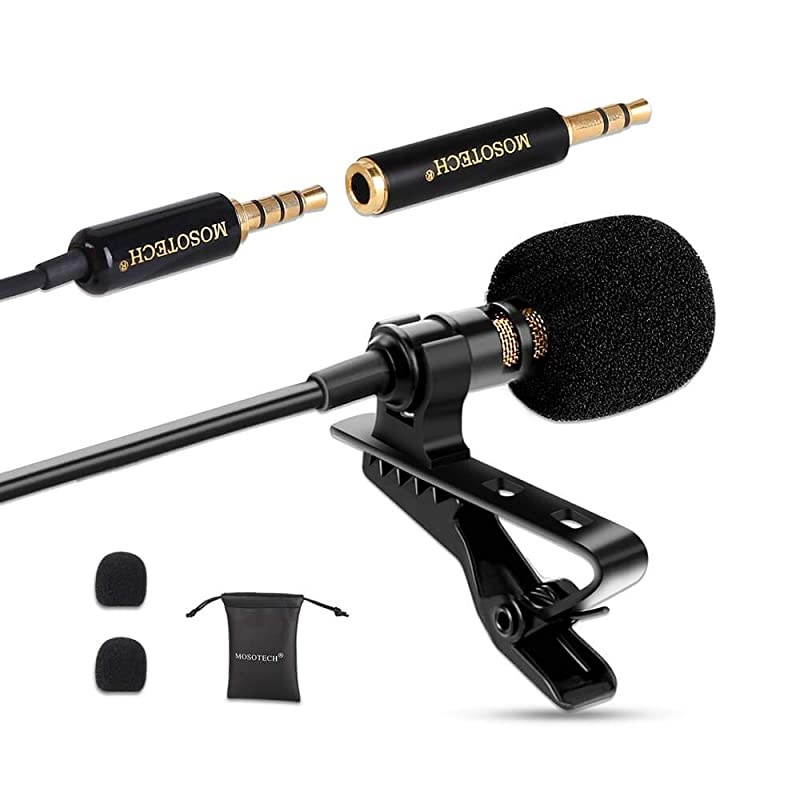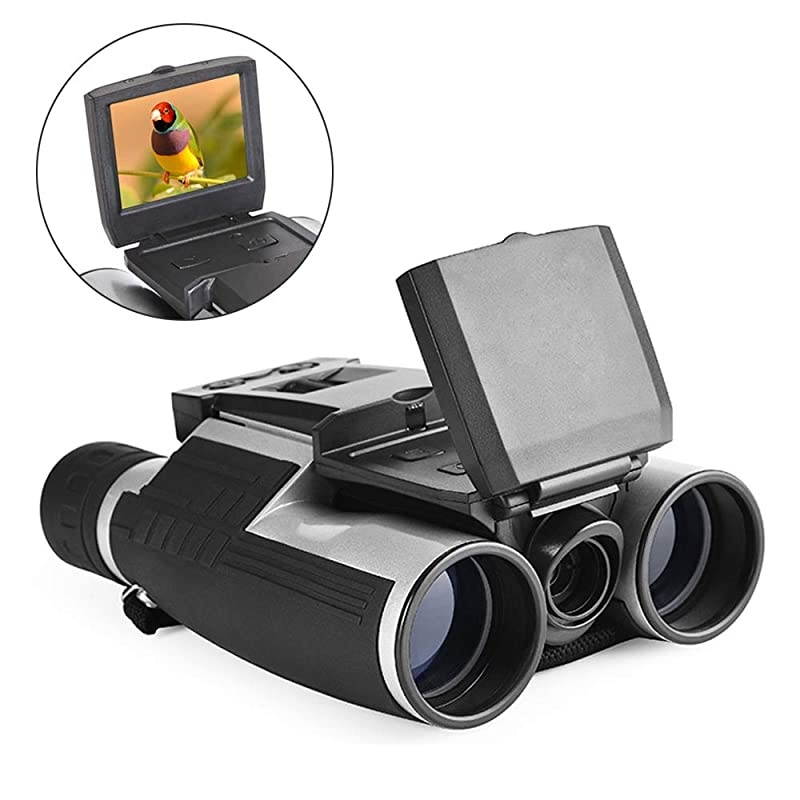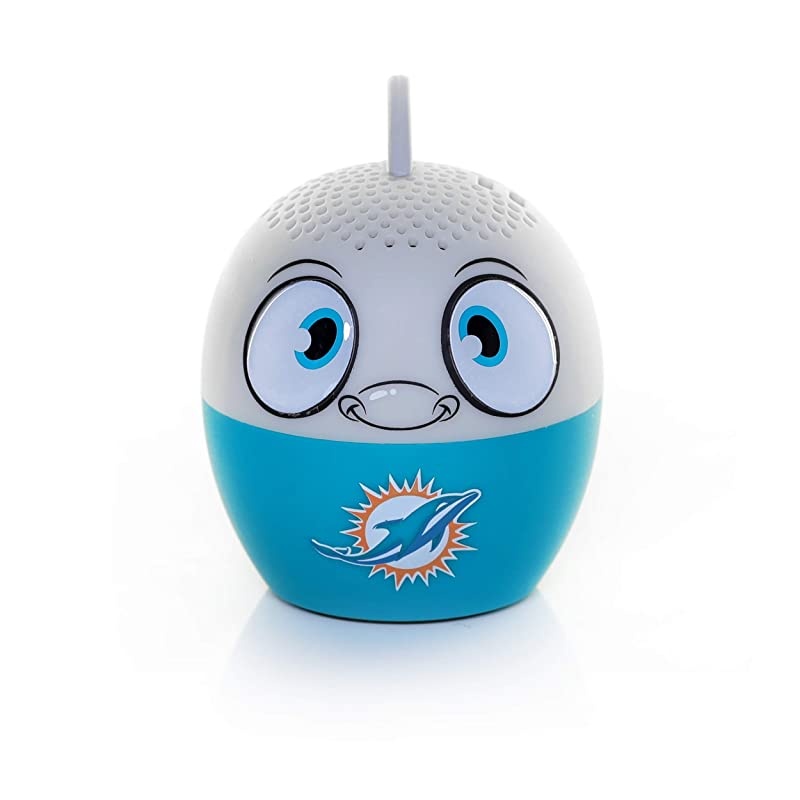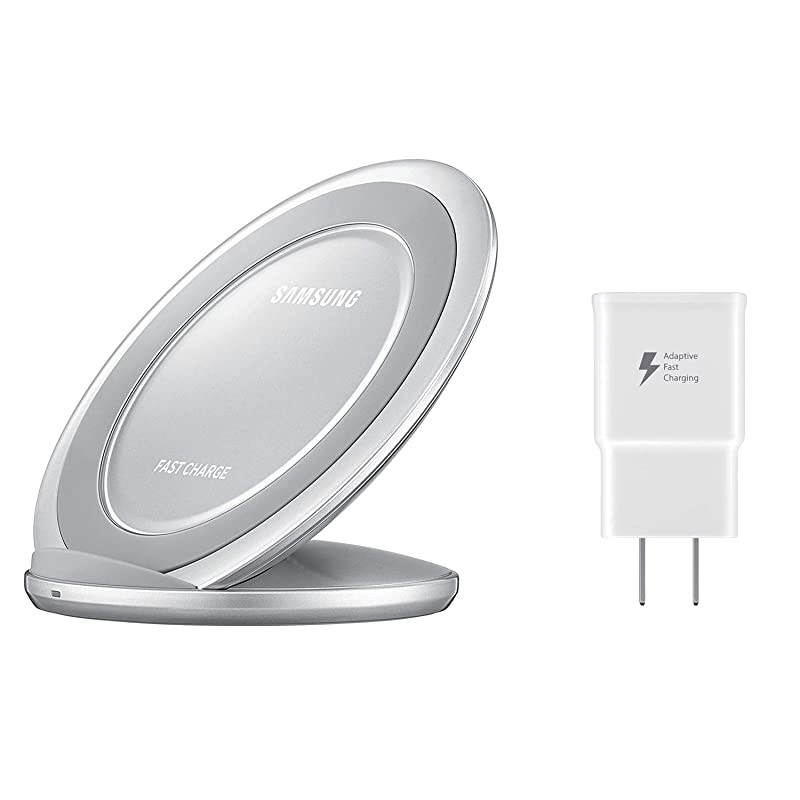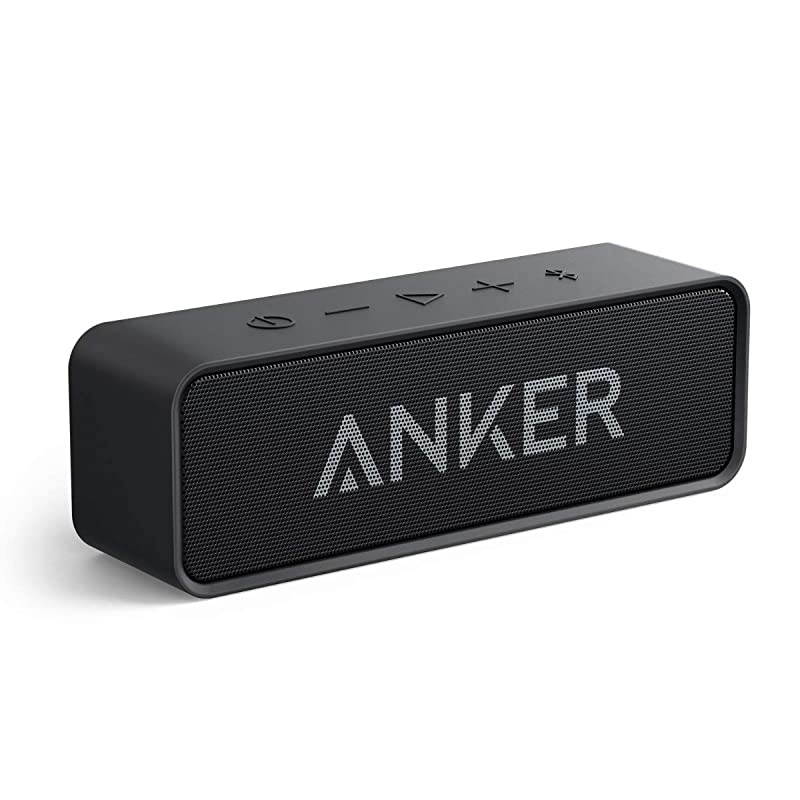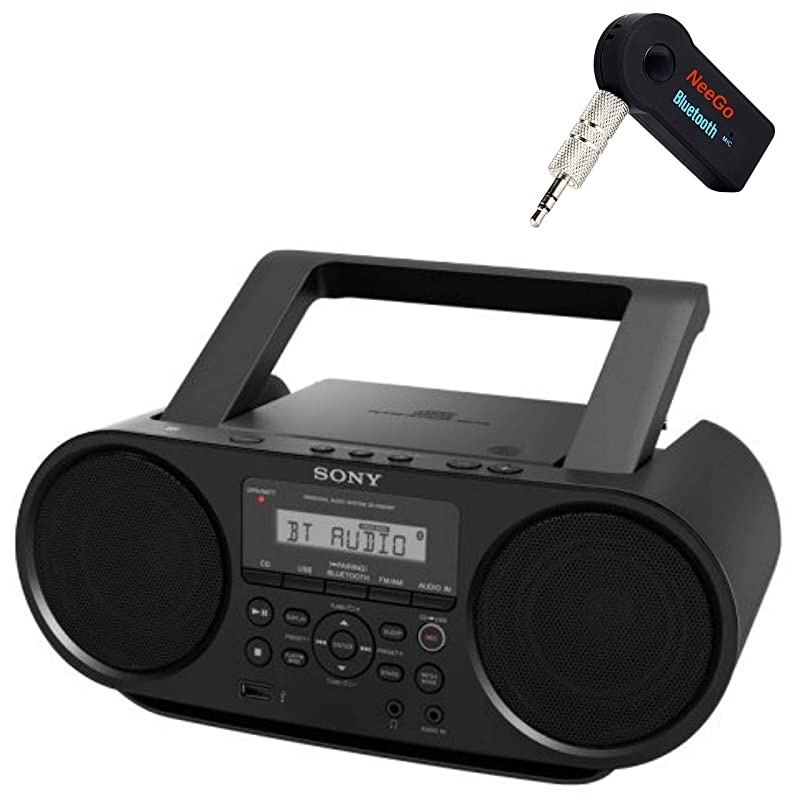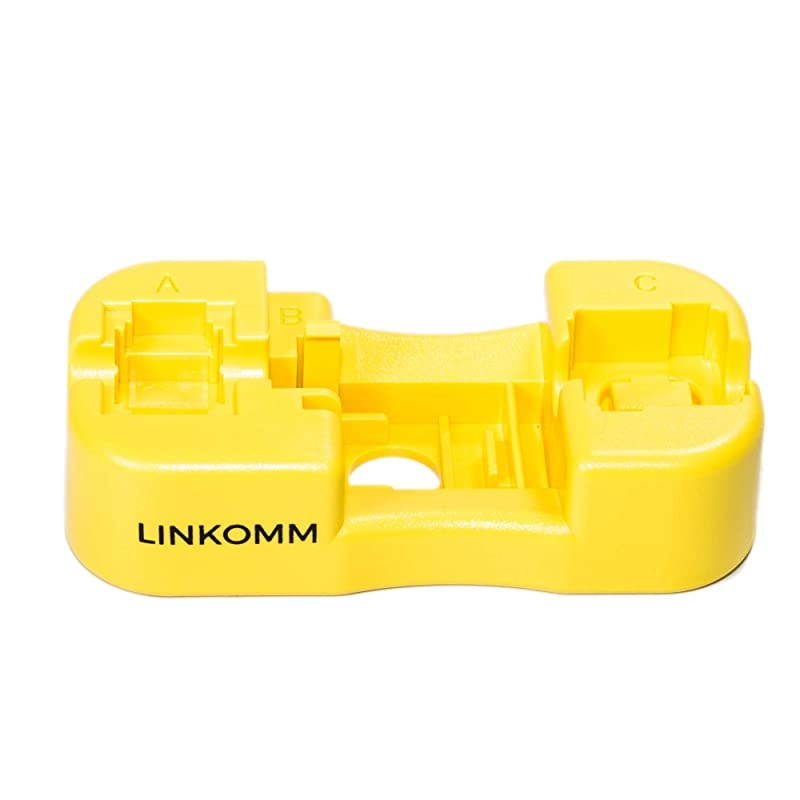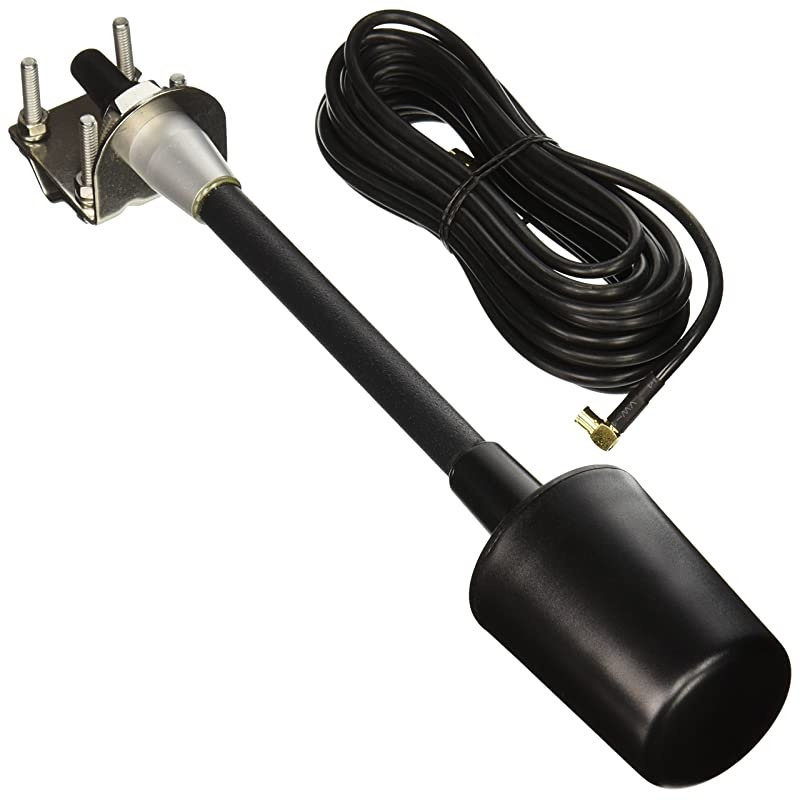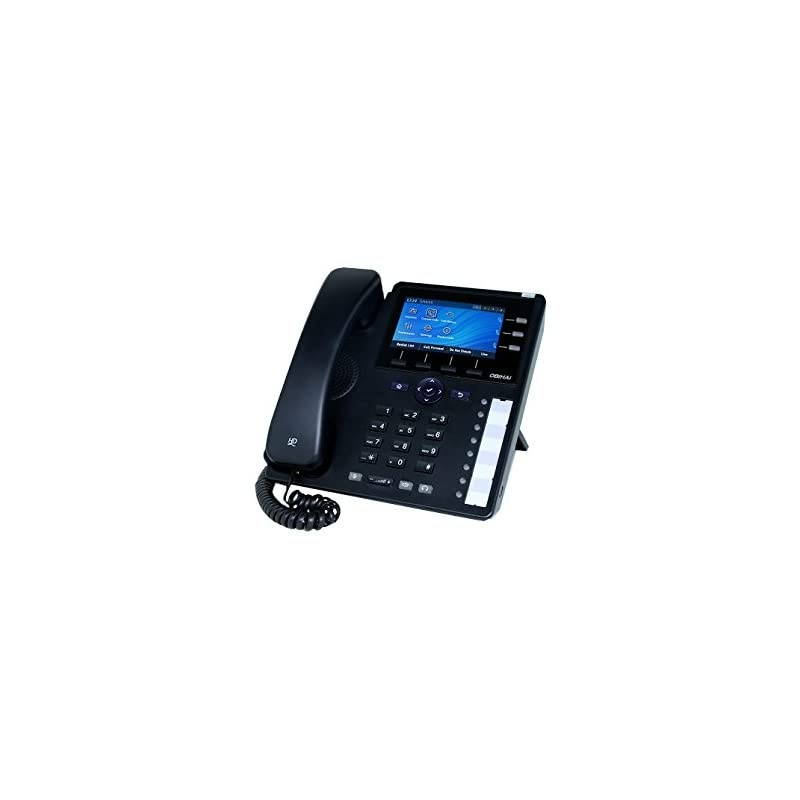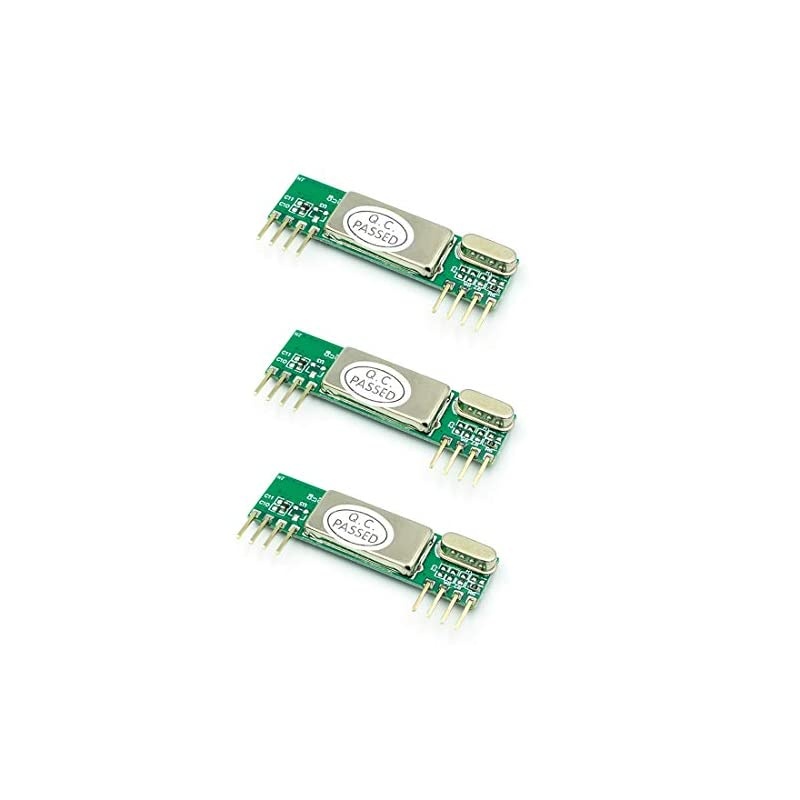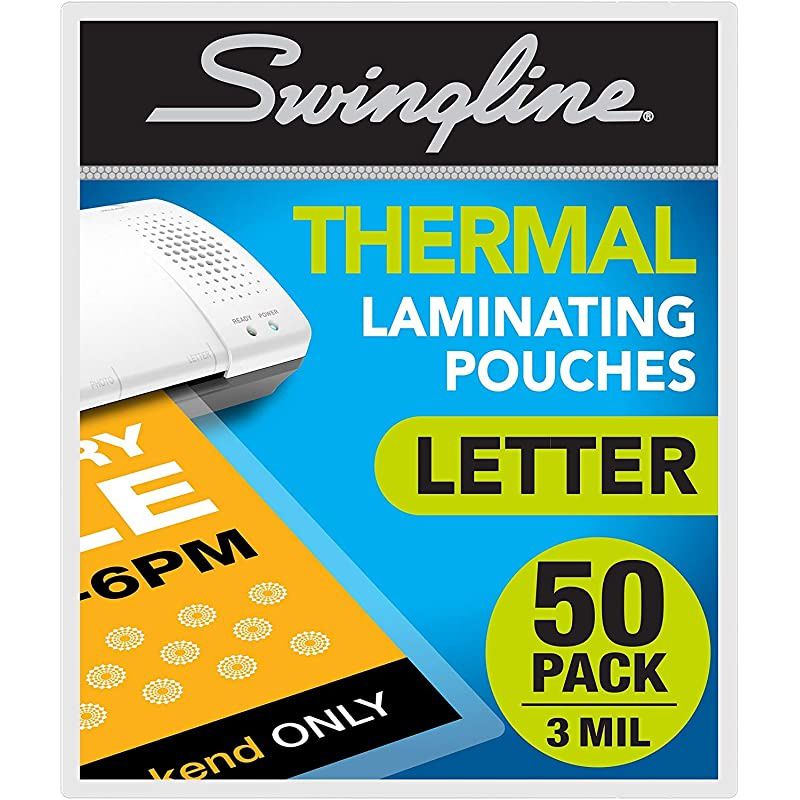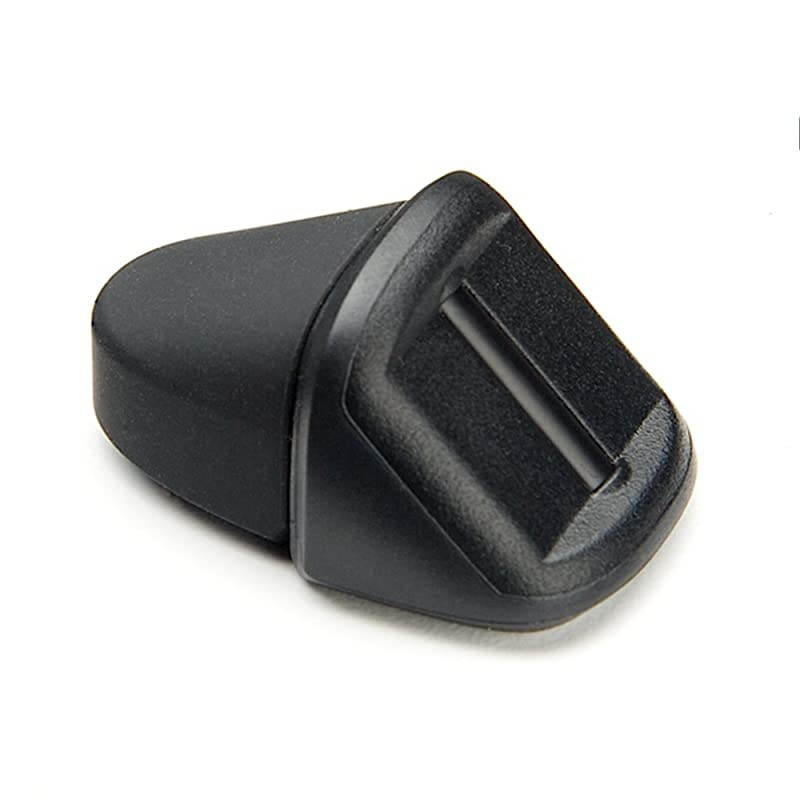Trusted shipping
Easy returns
Secure shopping
Buy LP4 Replacement Lens Plate For OptiVISOR 2X Magnification 10 Focal Length in United States - Cartnear.com
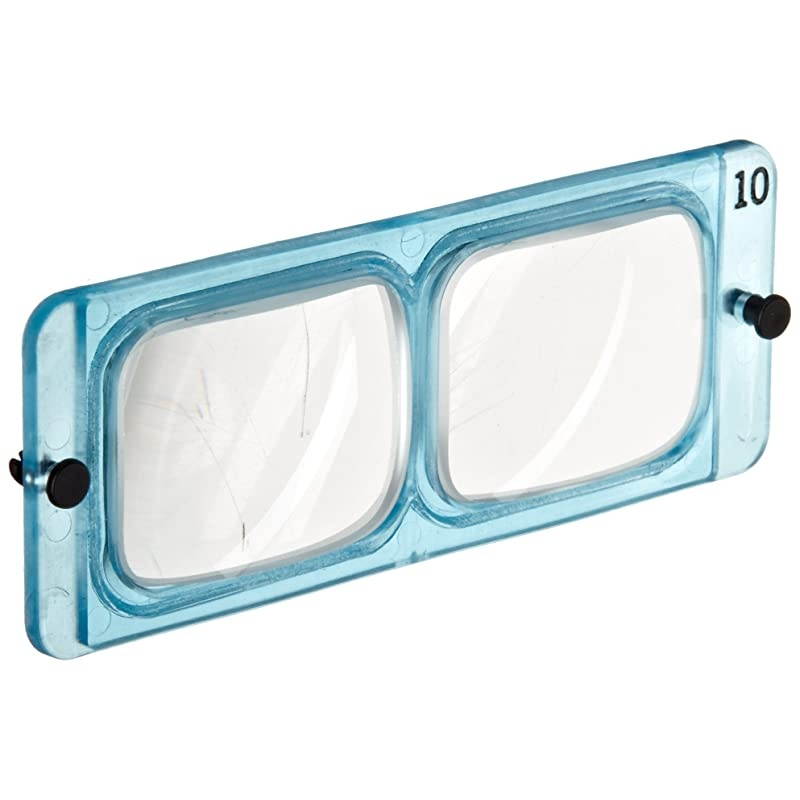
LP4 Replacement Lens Plate For OptiVISOR 2X Magnification 10 Focal Length
CTNR1468464 CTNR1468464SmartTote2
2027-01-08
/itm/lp4-replacement-lens-plate-for-optivisor-2x-magnification-10-focal-length-1468464
USD
49.32
$ 49.32 $ 49.82 1% Off
Item Added to Cart
customer
*Product availability is subject to suppliers inventory
SHIPPING ALL OVER UNITED STATES
100% MONEY BACK GUARANTEE
EASY 30 DAYSRETURNS & REFUNDS
24/7 CUSTOMER SUPPORT
TRUSTED AND SAFE WEBSITE
100% SECURE CHECKOUT
Size: 4 Diopers The replacement lens plate for the OptiVISOR hands-free, headband binocular magnifier, has an optical-grade, acrylic lens ground and polished into a prismatic lens, and is available in multiple dioptric strengths which provide specific magnification power (X) at specified focal lengths, or distance from object. This magnifier enhances the size and resolution of an object or image, and is commonly used for a variety of applications such as jewelry-making, watch-making, knitting, artwork, electronic inspection, book-reading, print inspection, and stamp-collecting. Determining Magnification Diopter Magnification Focal Length (Distance from Object) Sample View 20/20 vision 20" ( 50.8 cm) 2-diopter lens 1.50X 20" ( 50.8 cm) 3-diopter lens 1.75X 14" ( 35.56 cm) 4-diopter lens 2.00X 10" ( 25.4 cm) 5-diopter lens 2.50X 8" ( 20.32 cm) 7-diopter lens 2.75X 6" ( 15.24 cm) 10-diopter lens 3.50X 4" ( 10.16 cm) The OptiVISOR replacement lens plate is made of a durable plastic material. It is constructed to interchange in and out of the OptiVISOR body with ease. The replacement lens plate comes housed in a protective carrying case, and has a one-year limited warranty. Diopter (D) is a technical term for the measurement of the light curvature and thickness of a lens.
A dioptric number and a magnification number are not the same thing. Diopter strength represents a specific magnification power (X). For example, a 5-diopter provides 2.5X magnification (at a distance of 8). The higher the diopter, the more magnification a lens can provide. As magnification increases, distance to the object (focal length), and field of view (diameter, or narrowness of view) decrease. Magnifiers and prescription eyeglasses have a diopter value, such as 1.5 or
2. The dioptric strength of an accessory lens, such as prescription eyeglasses or an eye loupe, must be added to the dioptric strength of the magnifier to calculate total magnification. Magnifiers are devices used to enlarge the visual appearance of an object or image. Magnifiers come in a variety of styles such as hand-held, headband, standing, clip-on, eye loupe, and those that hang in a necklace form, or fit in a trouser pocket. Magnifiers are commonly made of plastic or glass. They can have one or more lenses with varying magnification abilities, and can have a binocular configuration with a single lens, or two separate lenses. They are sometimes used with LED or fluorescent light sources to help control viewing capabilities. Magnifier ability is often expressed as magnification at a specific length. For example, 1.75X at 14 means that when a magnifier is held at 14 from a viewers eyes, the object will be magnified 1.75 times (X) its actual size. As magnification increases, viewing areas and focal length decrease. Magnifiers sometimes have a diopter number, expressed as + or - D, which is a measurement of strength (or power) of the lens.
Some magnifiers are marked with a dioptric number on the lens. A high diopter number has a higher magnification than a low diopter number. Aspheric magnifiers, unlike spheric magnifiers, produce a sharp image to the edge of the lens for less distortion. Magnifiers are widely used in jewelry inspection and fabrication, watch-making, electronic inspection, needlework, artwork, reading, print inspection, and stamp-collecting. manufactures and distributes precision visual devices for hobbyists and professionals in industry, home, office and crafts applications. The company was founded in 1952 and is headquartered in Lenexa, Kansas. Whats in the Box? Replacement lens plate for OptiVISOR magnifier Fitted carrying case
Instruction manual #productDescription {color: #333333
; word-wrap: break-word
; font-size: small
; line-height: initial
; margin: 0.5 em 0px 0em 25px; }#productDescription_feature_div > h2.
default {color: #CC6600
; font-size: medium
; margin: 0 0 0.25 em; }#productDescription_feature_div > h2.
books {color: #333
! important; font-size: 21px
! important; line-height: 1.3; pad
A dioptric number and a magnification number are not the same thing. Diopter strength represents a specific magnification power (X). For example, a 5-diopter provides 2.5X magnification (at a distance of 8). The higher the diopter, the more magnification a lens can provide. As magnification increases, distance to the object (focal length), and field of view (diameter, or narrowness of view) decrease. Magnifiers and prescription eyeglasses have a diopter value, such as 1.5 or
2. The dioptric strength of an accessory lens, such as prescription eyeglasses or an eye loupe, must be added to the dioptric strength of the magnifier to calculate total magnification. Magnifiers are devices used to enlarge the visual appearance of an object or image. Magnifiers come in a variety of styles such as hand-held, headband, standing, clip-on, eye loupe, and those that hang in a necklace form, or fit in a trouser pocket. Magnifiers are commonly made of plastic or glass. They can have one or more lenses with varying magnification abilities, and can have a binocular configuration with a single lens, or two separate lenses. They are sometimes used with LED or fluorescent light sources to help control viewing capabilities. Magnifier ability is often expressed as magnification at a specific length. For example, 1.75X at 14 means that when a magnifier is held at 14 from a viewers eyes, the object will be magnified 1.75 times (X) its actual size. As magnification increases, viewing areas and focal length decrease. Magnifiers sometimes have a diopter number, expressed as + or - D, which is a measurement of strength (or power) of the lens.
Some magnifiers are marked with a dioptric number on the lens. A high diopter number has a higher magnification than a low diopter number. Aspheric magnifiers, unlike spheric magnifiers, produce a sharp image to the edge of the lens for less distortion. Magnifiers are widely used in jewelry inspection and fabrication, watch-making, electronic inspection, needlework, artwork, reading, print inspection, and stamp-collecting. manufactures and distributes precision visual devices for hobbyists and professionals in industry, home, office and crafts applications. The company was founded in 1952 and is headquartered in Lenexa, Kansas. Whats in the Box? Replacement lens plate for OptiVISOR magnifier Fitted carrying case
Instruction manual #productDescription {color: #333333
; word-wrap: break-word
; font-size: small
; line-height: initial
; margin: 0.5 em 0px 0em 25px; }#productDescription_feature_div > h2.
default {color: #CC6600
; font-size: medium
; margin: 0 0 0.25 em; }#productDescription_feature_div > h2.
books {color: #333
! important; font-size: 21px
! important; line-height: 1.3; pad

